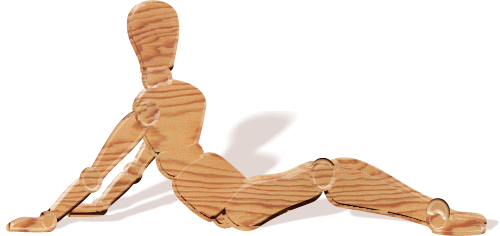Building a Marionette
It's easy to build your kids a lovely marionette.


Again, don't click on the mouse-over buttons, since they'll take you back to the previous page.
This time, we called the function that JavaScript Maker built for us. Only one line of code was added to the <HEAD> section:
<script language="JavaScript" SRC="woodnavbar.js"></script>
By the way, JavaScript Maker created the code, above, which you need to insert in both the HEAD and BODY sections of your pages that use the functions. You can copy both sections to the clipboard, either separately or together, with a single button click.<script language="JavaScript">This is the line that actually calls the function.
<!--//
woodnavbar();
//-->
</script>
Easy, isn't it? This page is a lot smaller file to upload and the function call is far easier to duplicate on a couple of hundred pages than the original code. Best of all, once you have substituted the function calls for the original code, you can change the navbar in any way you like, without having to change or upload all those pages to your web server. You simply create an updated function and upload it, instead. A change to just one file will produce a change in all those pages. In this case, if you changed the graphics that are part of the navbar, you would need to upload them, as well, but you would still not need to change a thing on the pages that display the navbar.
If you have pages on your web site that contain elements or sections that are: